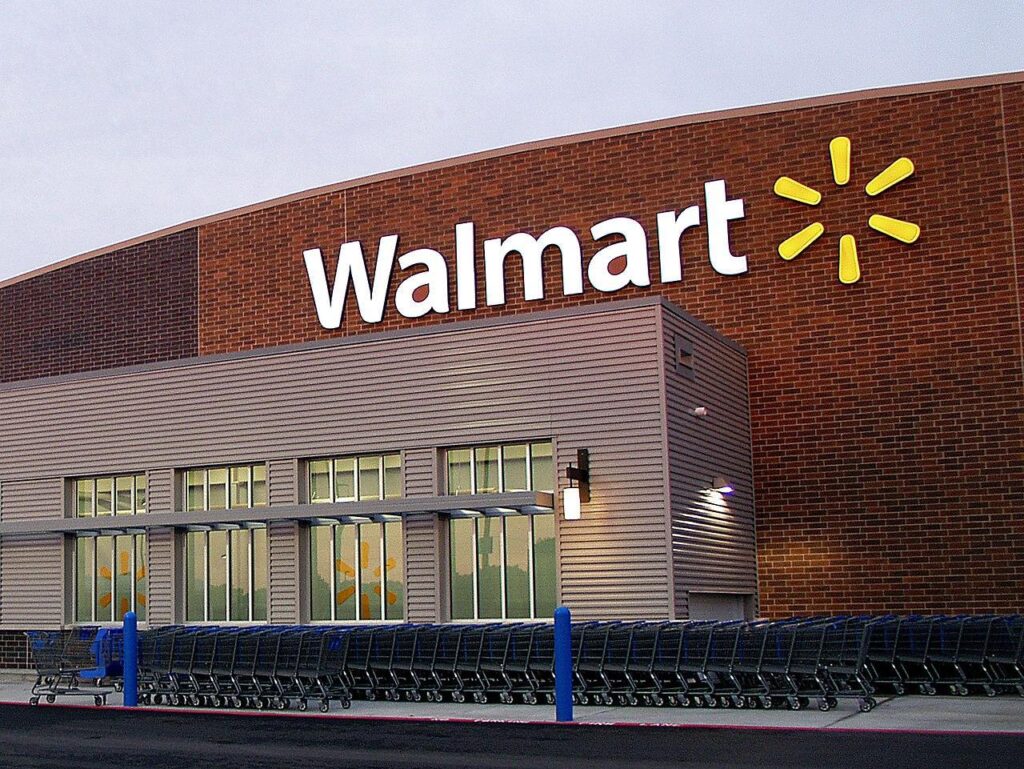US retail giant Walmart has been saying goodbye to self-checkouts in several states as the stores plan to return to traditional checkouts.
Stores in Missouri and Ohio will see the removal of many self-checkout desks, which comes less than a year after stores in New Mexico experienced a similar move.
Self Checkouts No Longer the Future in Walmart
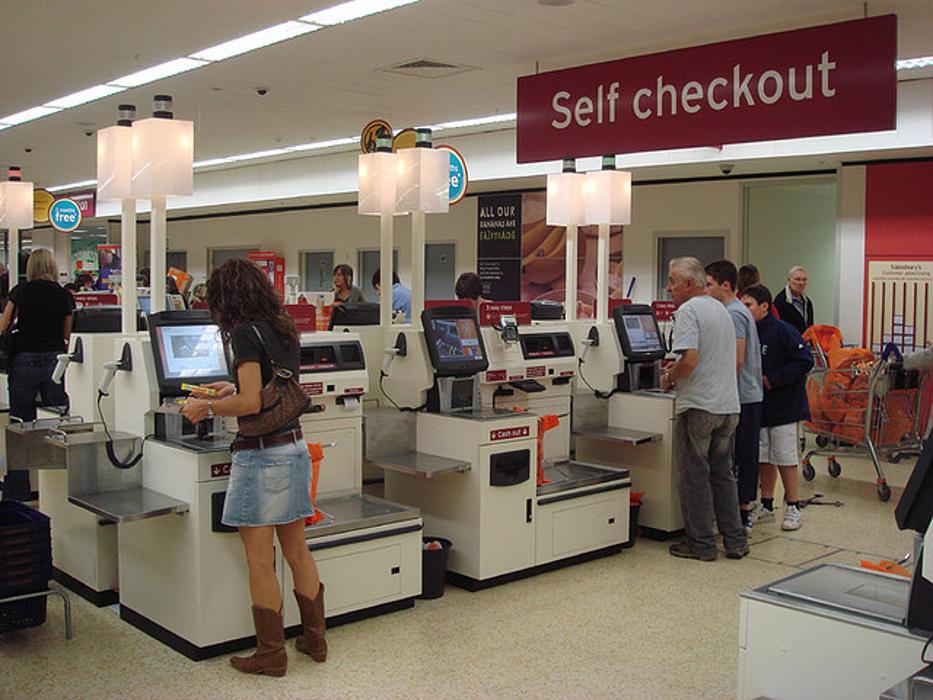
Self-checkouts have once been deemed the future of supermarkets, with experts deeming the machines to be faster and more efficient than regular checkout attendants.
However, in recent years, many large retail stores across America, such as Walmart, have begun removing self-checkout desks in favor of staffed counters.
Missouri and Ohio Walmart Stores Remove Self-Checkouts
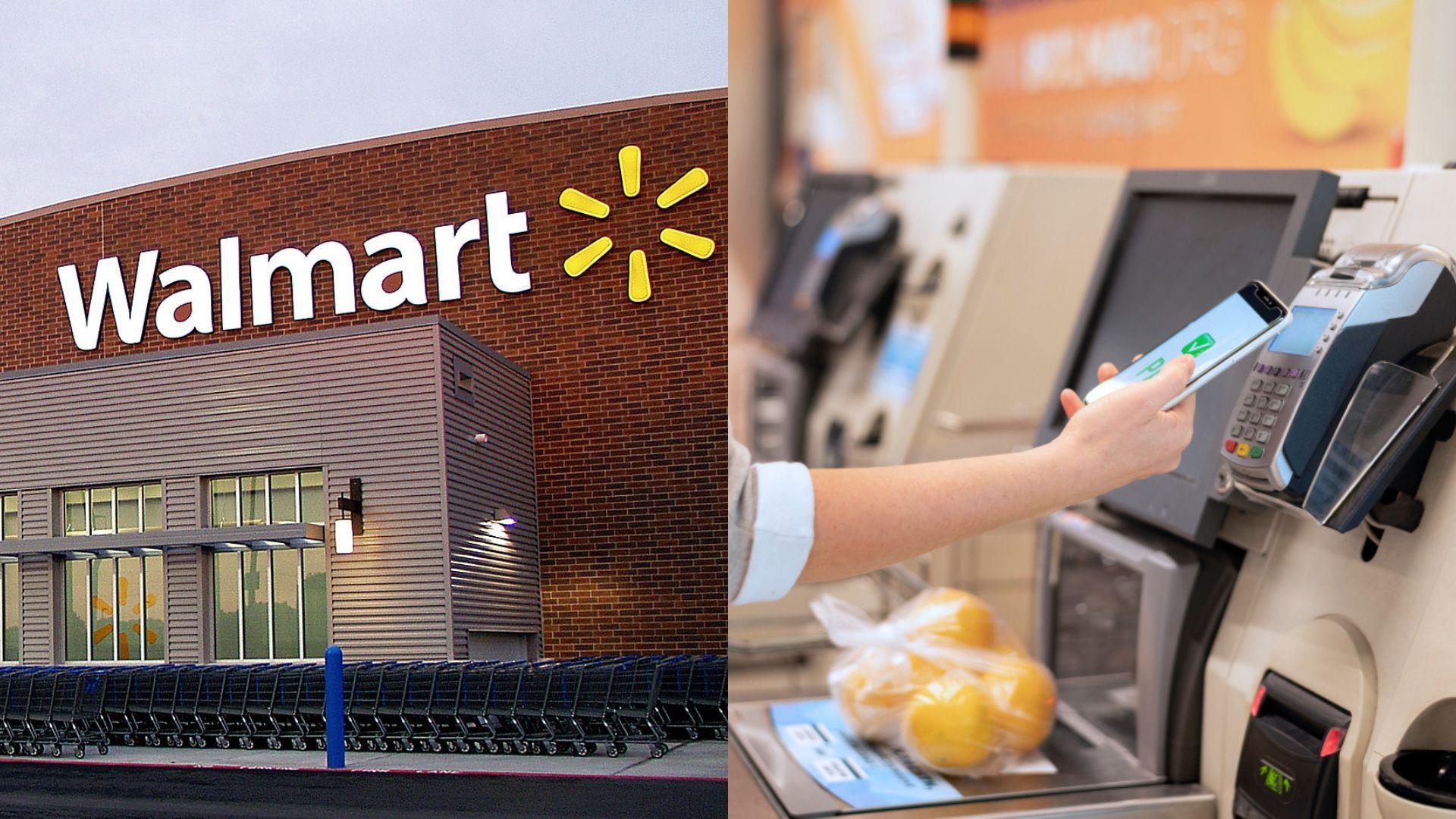
According to Business Insider, at least two stores, one in St Louis, Missouri, and another in Cleveland, Ohio, plan to remove their self-checkout desks.
These stores will return to traditional checkout lanes, which will be under the supervision of employees.
Walmart Removes Self-Checkouts to Improve Instore Experience
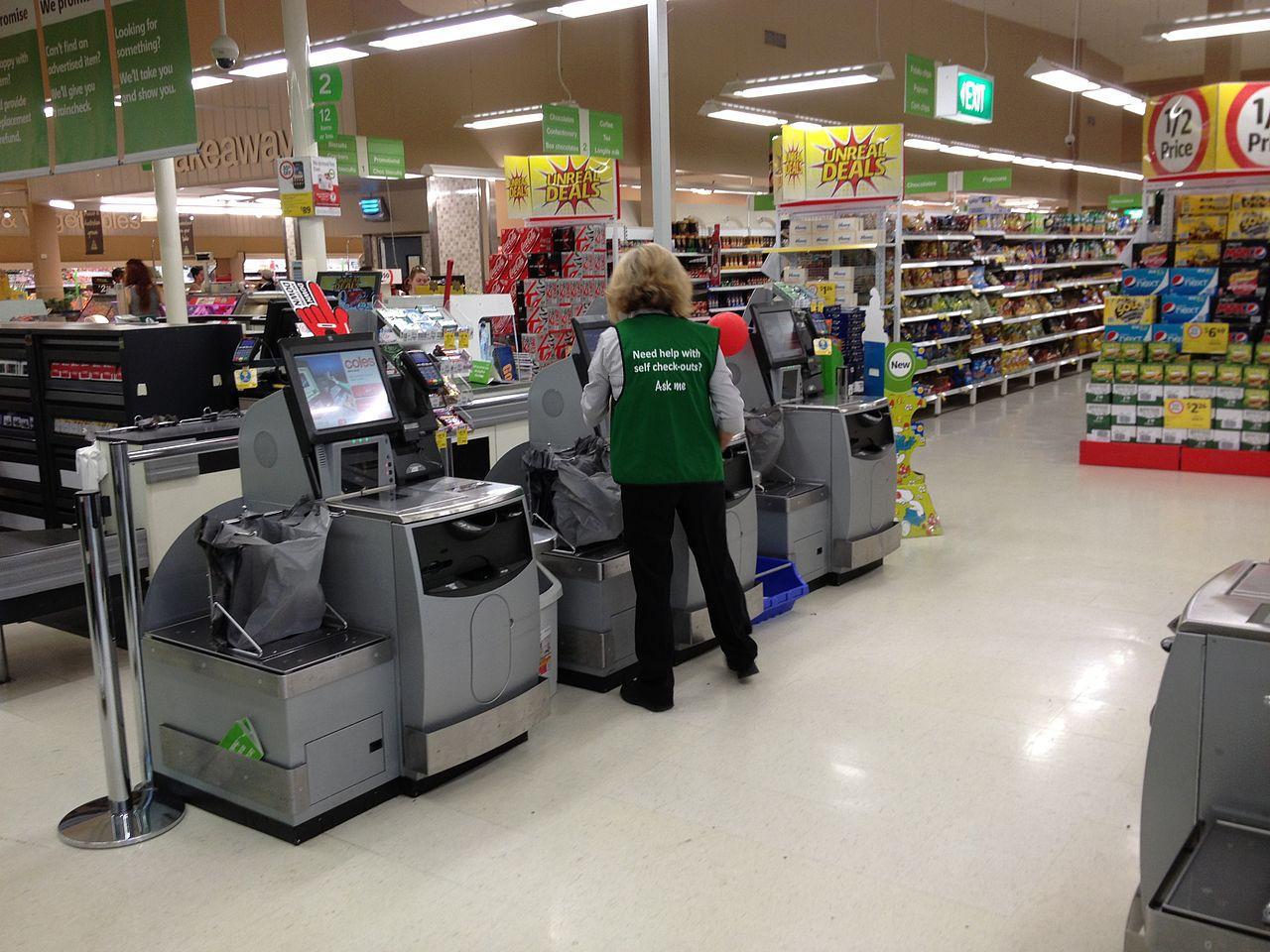
Walmart claims that its decision to remove self-checkout desks from the stores in Missouri and Ohio is part of a plan to improve the in-house experience.
According to a statement, the changeover process will also be completed after hours, ensuring neither store’s business is affected.
Walmart Spokesperson Comments on Removal of Self Checkouts

Walmart spokesperson Brian Little shared a statement claiming the decision to remove self-checkouts was based on feedback from both customers and employees.
“We believe the change will improve the in-store shopping experience and give our associates the chance to provide more personalized and efficient service,” said Little.
New Mexico Stores Removed Self-Checkouts Last Year
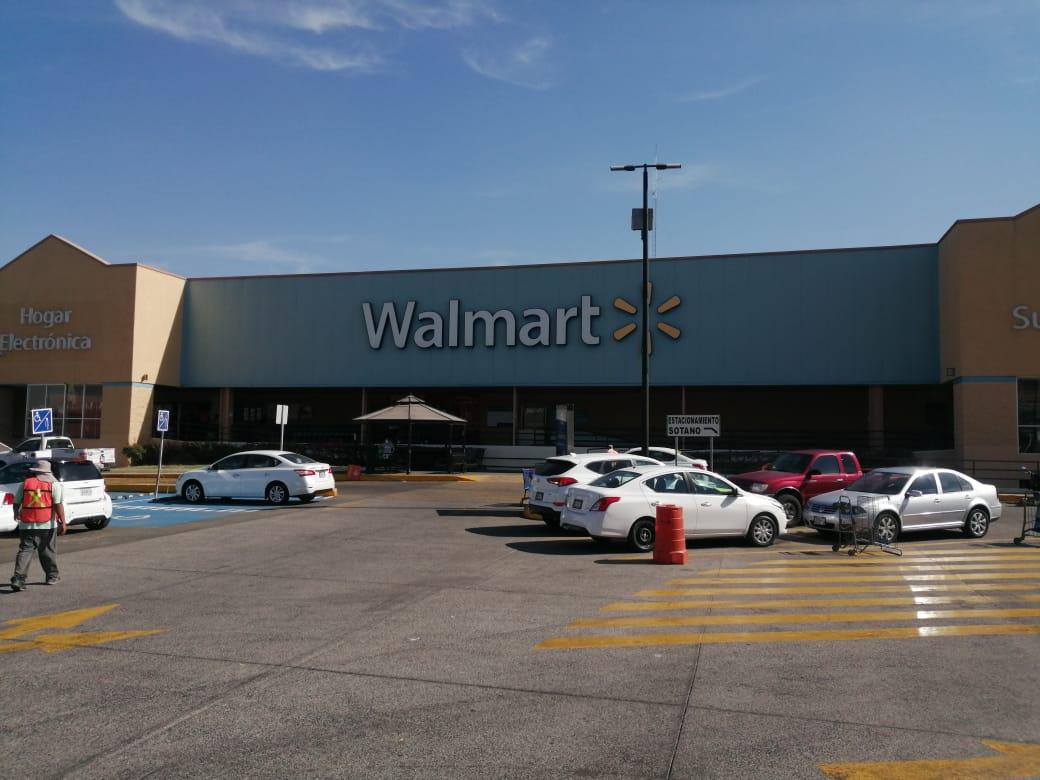
The decision to remove self-checkouts in Missouri and Ohio comes less than a year after three Walmart stores in Albuquerque, New Mexico, removed their self-service desks.
At the time, Walmart spokesperson Josh Haven said, “We continually look at ways to provide our customers with the best shopping experience and that includes adjusting the checkout area in stores.”
Why Is Walmart Removing Self Checkout at US Stores?
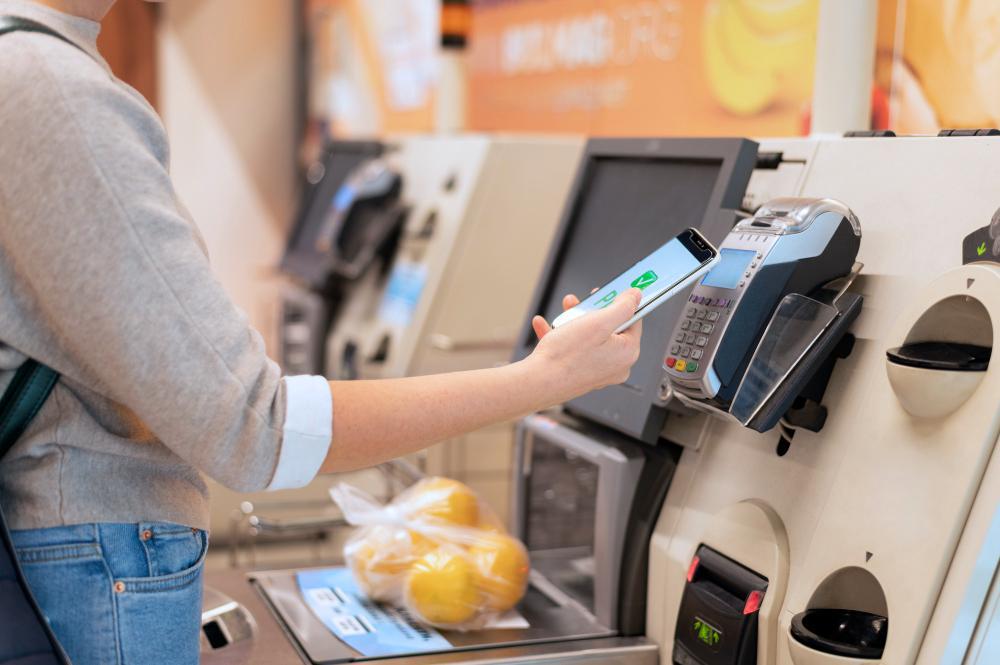
The removal of self-checkouts from Walmart stores in three states in the last year has led to speculation that the self-service counters pose several challenges.
Apart from technology that often requires the assistance of a trained store employee, they are also susceptible to theft or what’s called “partial shrink” in the retail industry.
What Is Partial Shrink?
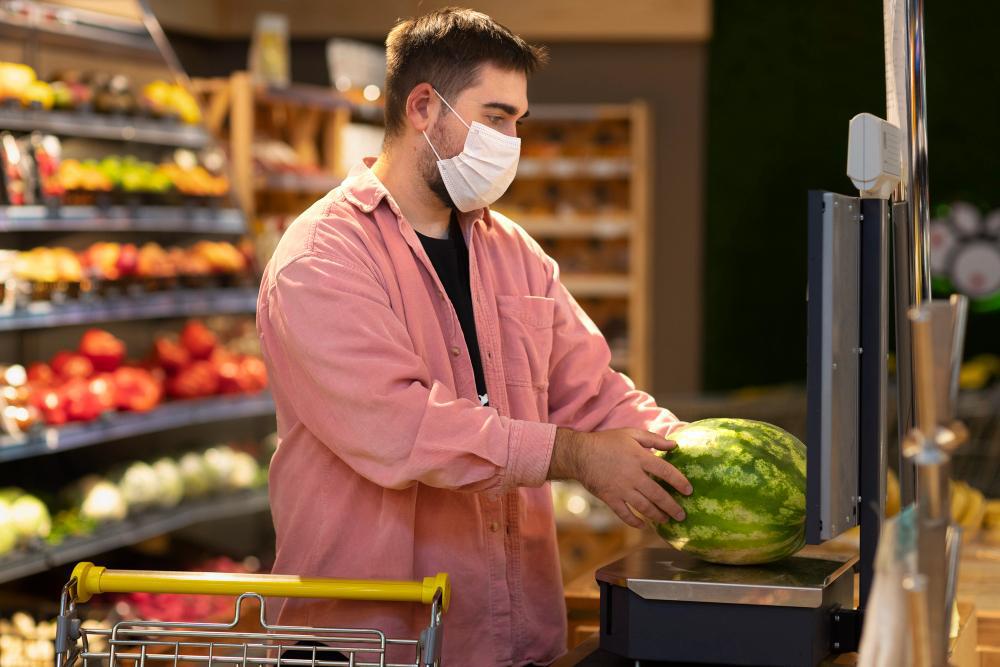
Partial shrink refers to a phenomenon in which retail stores lose inventory due to customers forgetting to scan an item or scanning a cheaper item in place of a more expensive one.
While Walmart doesn’t reveal the exact amount lost to partial shrink, insiders have suggested that self-checkouts have led to an increase in theft, per Business Insider.
Walmart CEO Alludes to Self-Checkout Problems

Last year, Walmart CEO and President Doug McMillion alluded to the idea that self-checkouts had led to an increase in retail theft.
He said theft “is higher than what it has historically been” and “if that is not corrected over time,” there would be consequences that now appear to have come to fruition.
Customers Call for the Removal of Self-Checkouts

Speaking on the possibility of removing self-checkouts, Mindy Stanley, a Walmart customer from Ashland, Kentucky, said. “They need to hire cashiers again and do away with so many self-checkouts.”
“I’d say they are losing so much due to that.”
Major Retailers May Be Forced to Remove Self Checkouts

In the wake of Walmart’s announcement to remove self-checkouts in Missouri and Ohio, other larger American retailers have suggested they may follow suit, per Newsweek.
According to reports, Target, Dollar General, and Five Below may all be forced to limit self-checkout service in an attempt to reduce partial shrink and theft.
The Future of Self-Checkouts
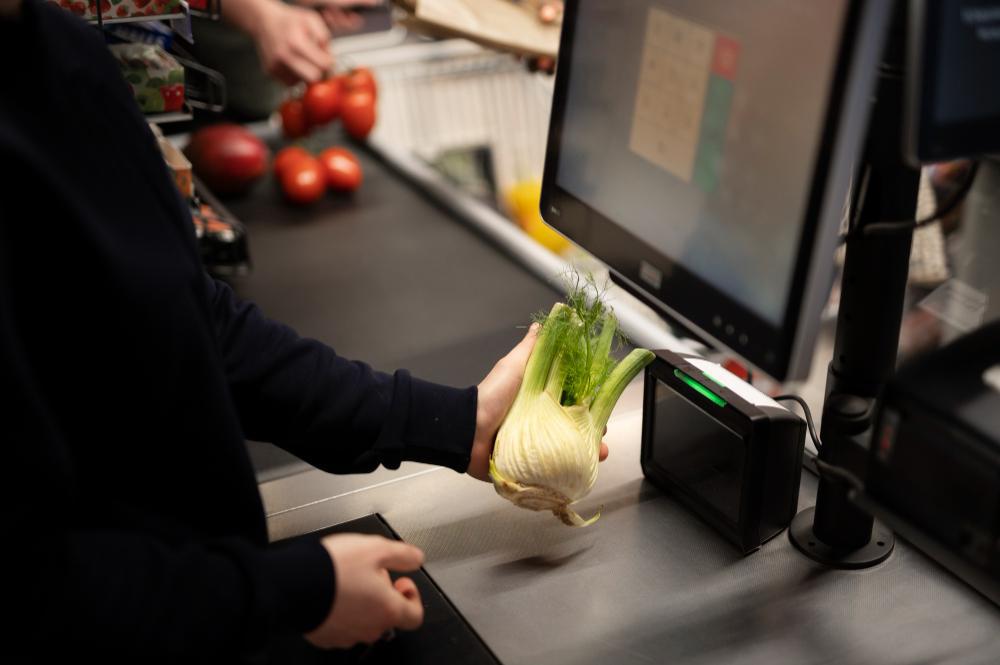
The future of self-checkouts in the US remains uncertain. As partial shrinkage and theft continue to rise, many retailers may follow Walmart’s example and reduce the availability of self-checkout kiosks.
A report released in 2022 gathered data from major US and UK retailers, including Walmart, and found that many could expect losses of millions of dollars. This has led many to question whether the convenience is worth the risk for retail stores.
Self-Service in Different Industries
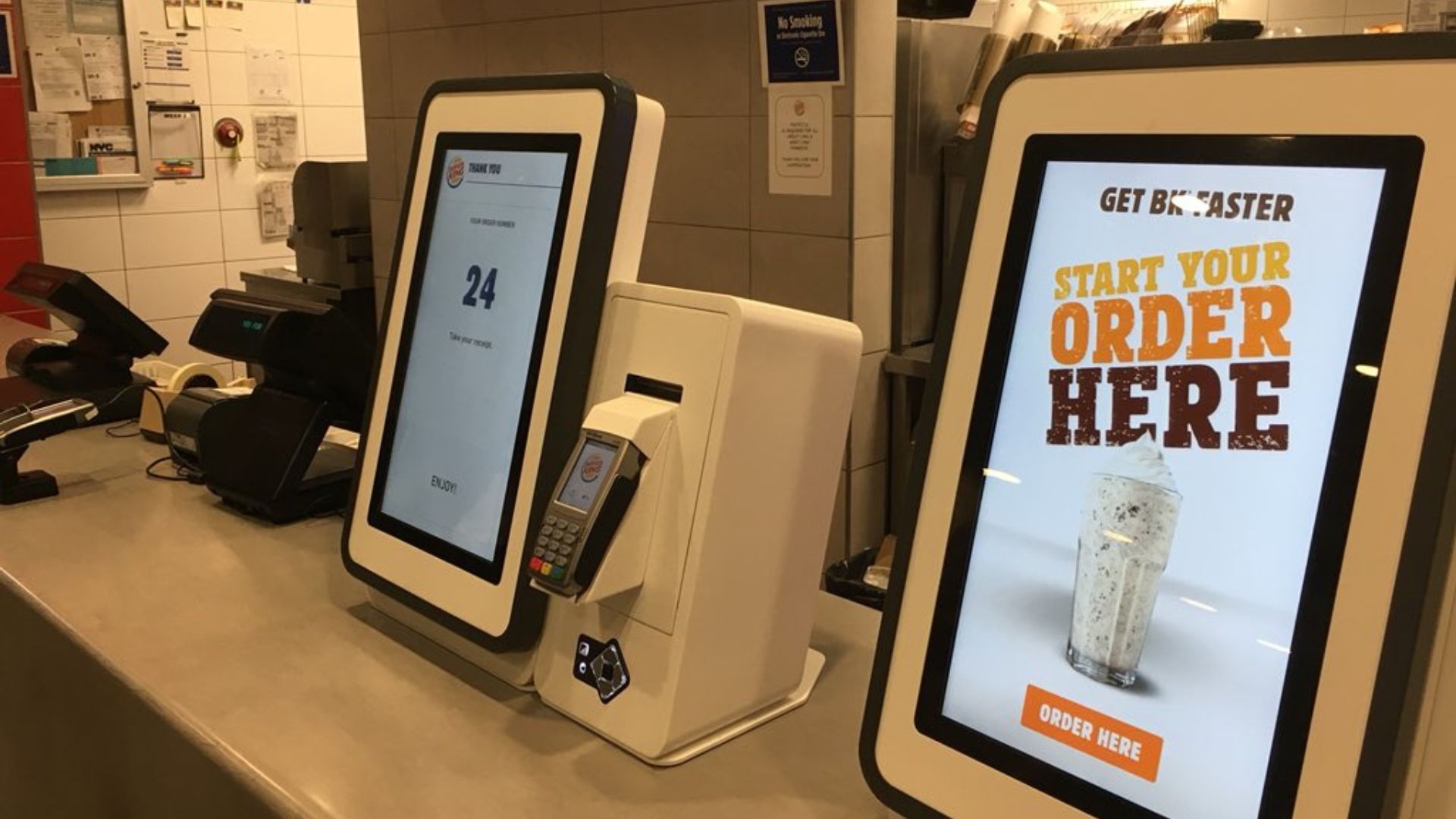
Both retail and fast food industries have embraced self-service technologies to enhance efficiency and reduce costs.
While retail self-checkouts focus on speeding up transactions, fast food kiosks aim to increase order accuracy and upsell opportunities.
Customer Behavior at Self-Service Kiosks
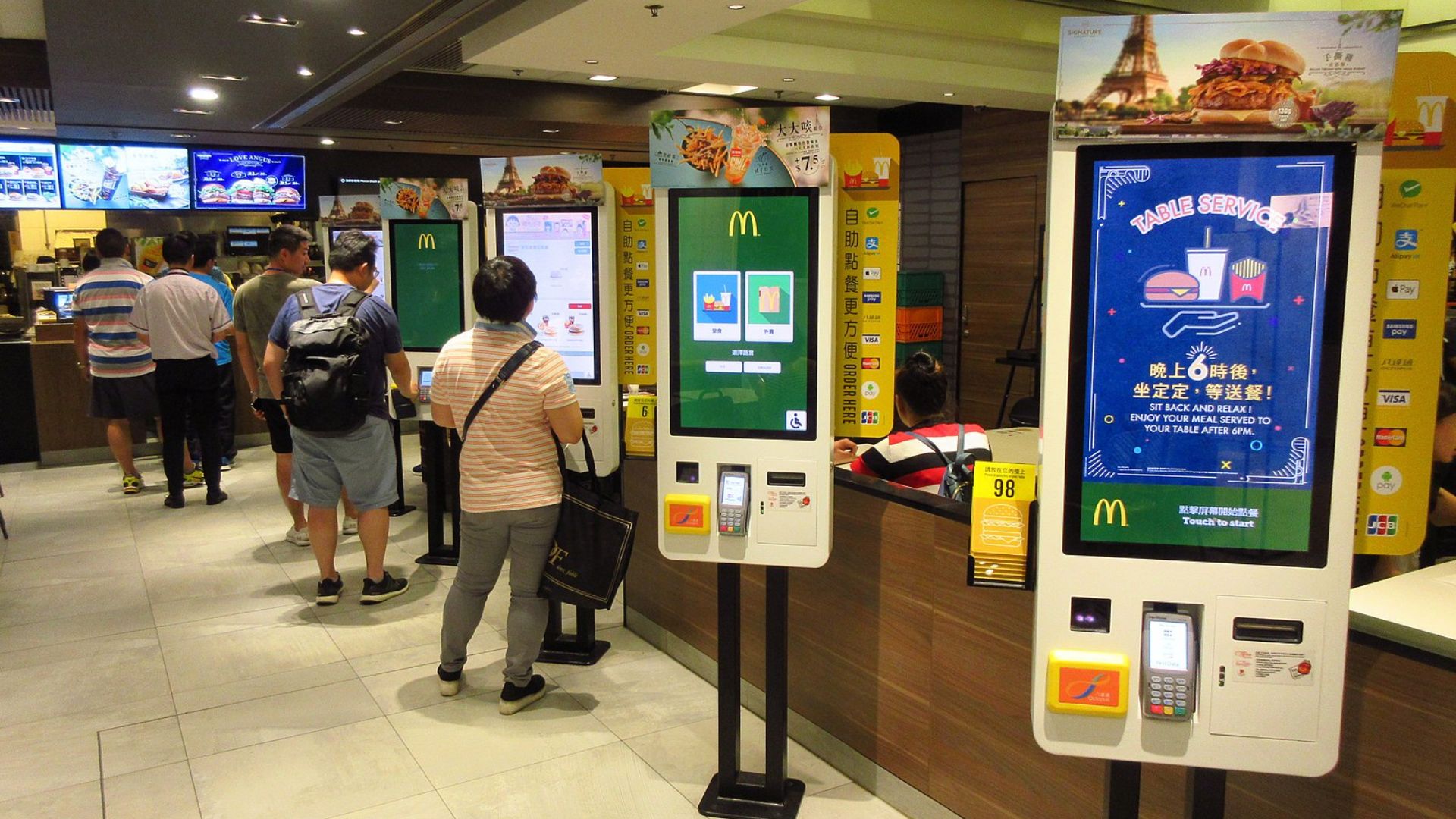
Customers at fast food digital kiosks, like those at Shake Shack, reportedly spend 10% more compared to traditional ordering methods (via The Sun).
This increase is similar to consumer spending behaviors observed at retail self-checkouts, where the privacy and control over the transaction encourage more purchases.
Labor Cost Dynamics
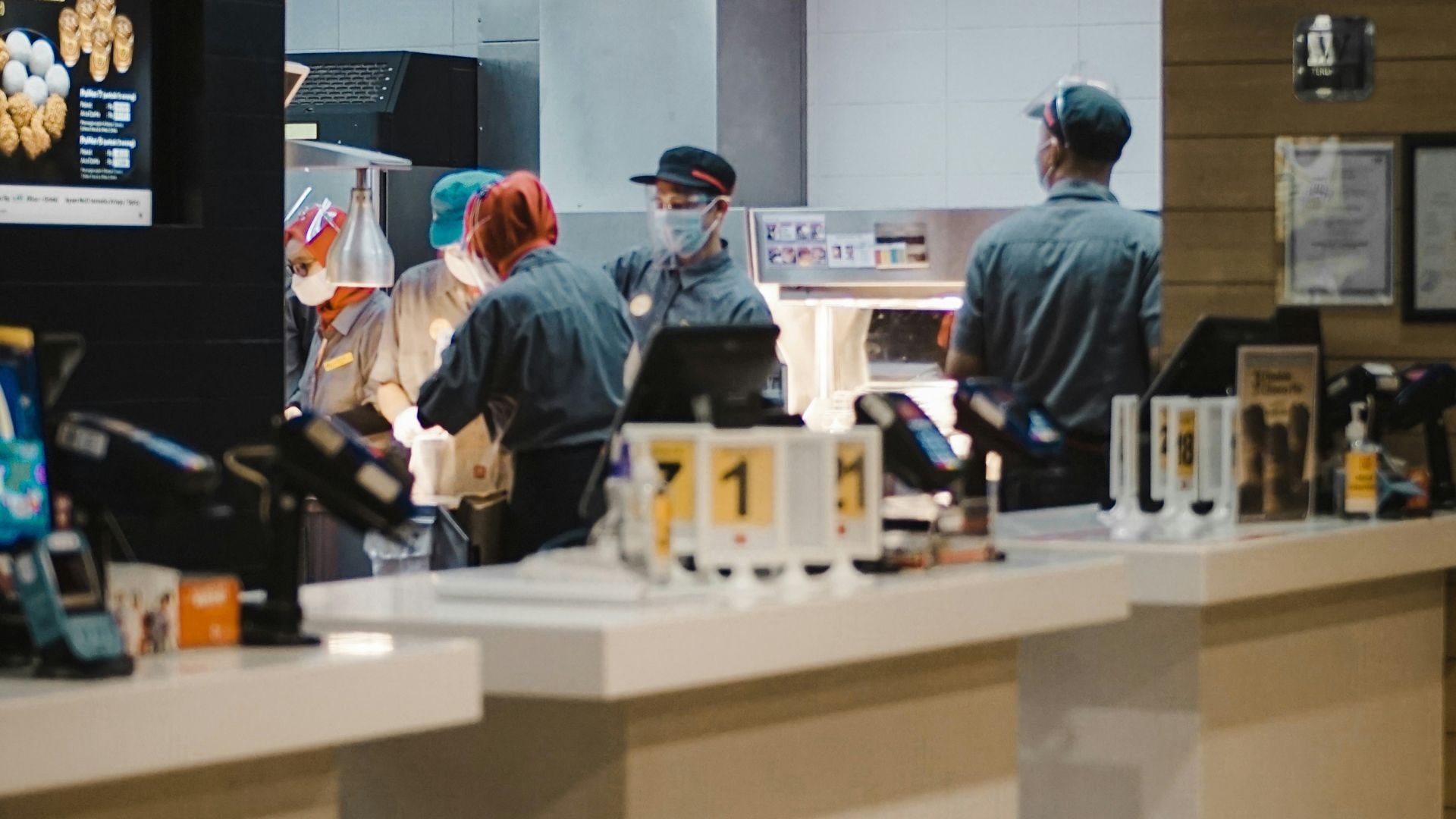
By adopting self-service technologies, both sectors effectively manage labor costs.
Fast food kiosks reduce the need for cashiers, allowing reallocating staff to food preparation, similar to retail settings where fewer cashiers are needed at exits.
Technological Challenges and Adaptations
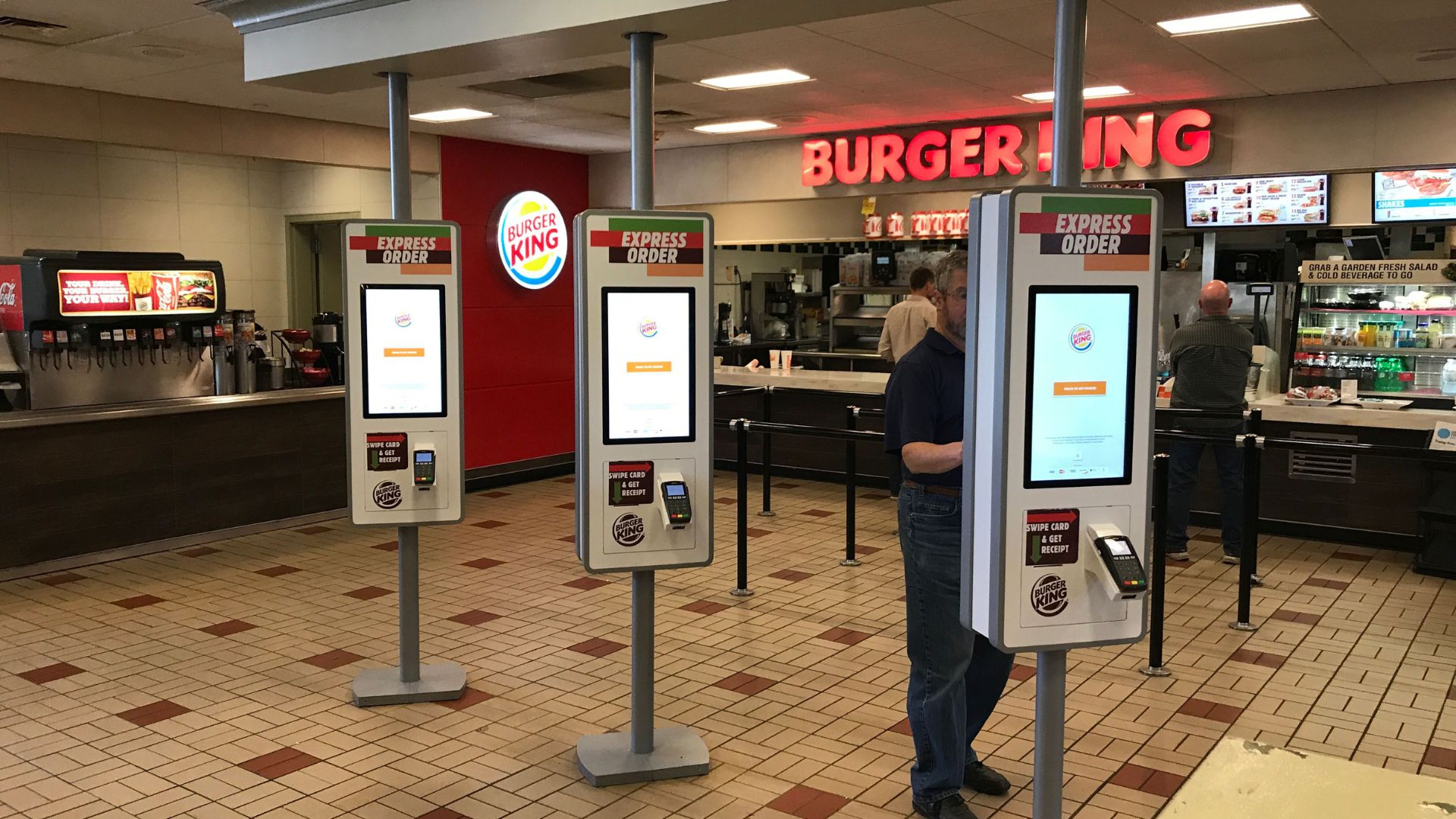
Self-service kiosks in fast food and retail often face technological glitches that can frustrate customers.
Both industries continuously refine their software to enhance user experiences and maintain operational efficiency, ensuring that self-service options remain appealing.
Theft and Loss Prevention Strategies
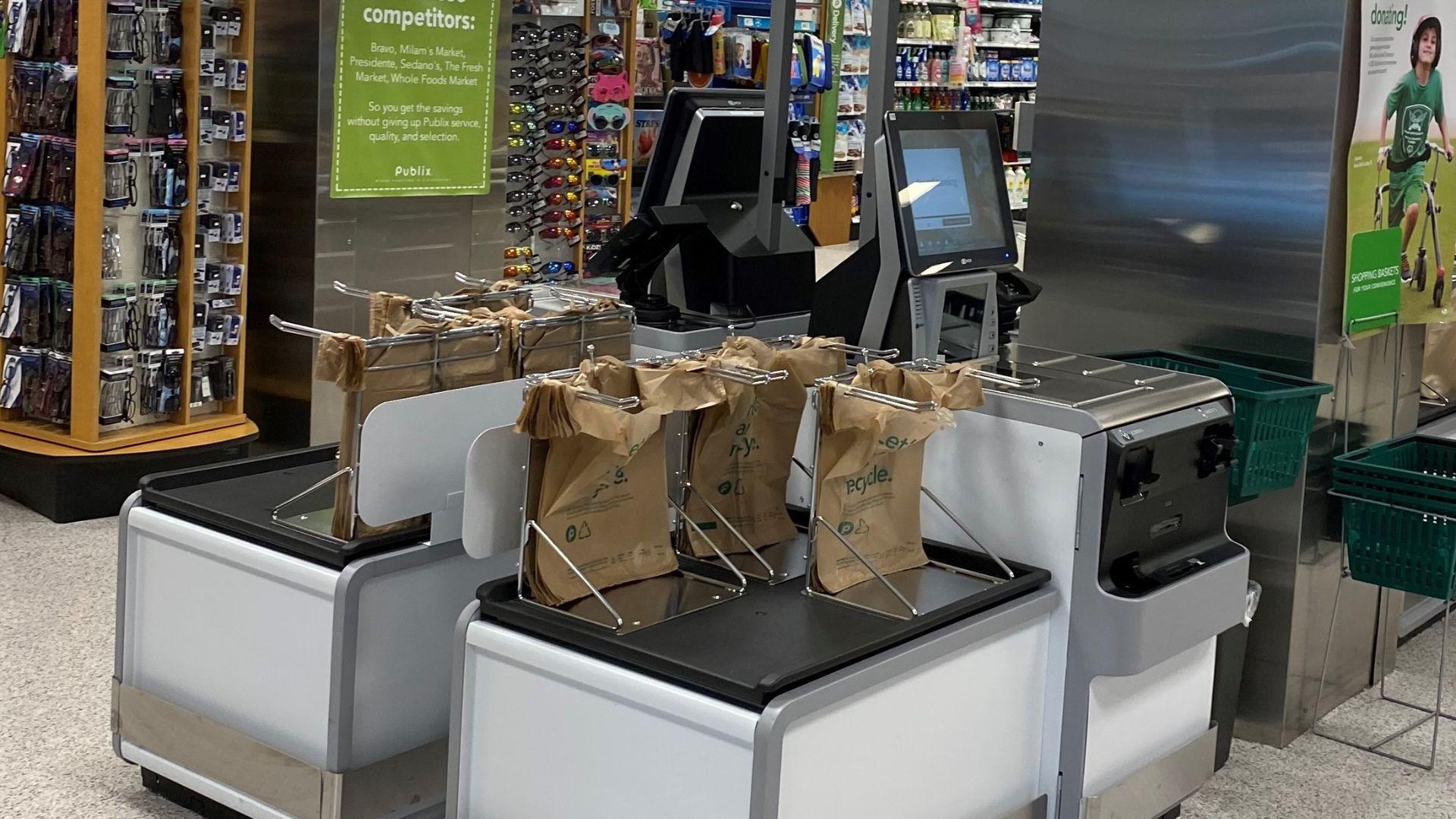
The retail industry’s struggle with ‘partial shrink’ due to self-checkouts mirrors the challenges in fast food, where unsupervised ordering can lead to accidental or intentional order inaccuracies.
Both sectors have opportunities to enhance their monitoring systems and user interfaces to reduce these incidents.
Customer Satisfaction and Feedback
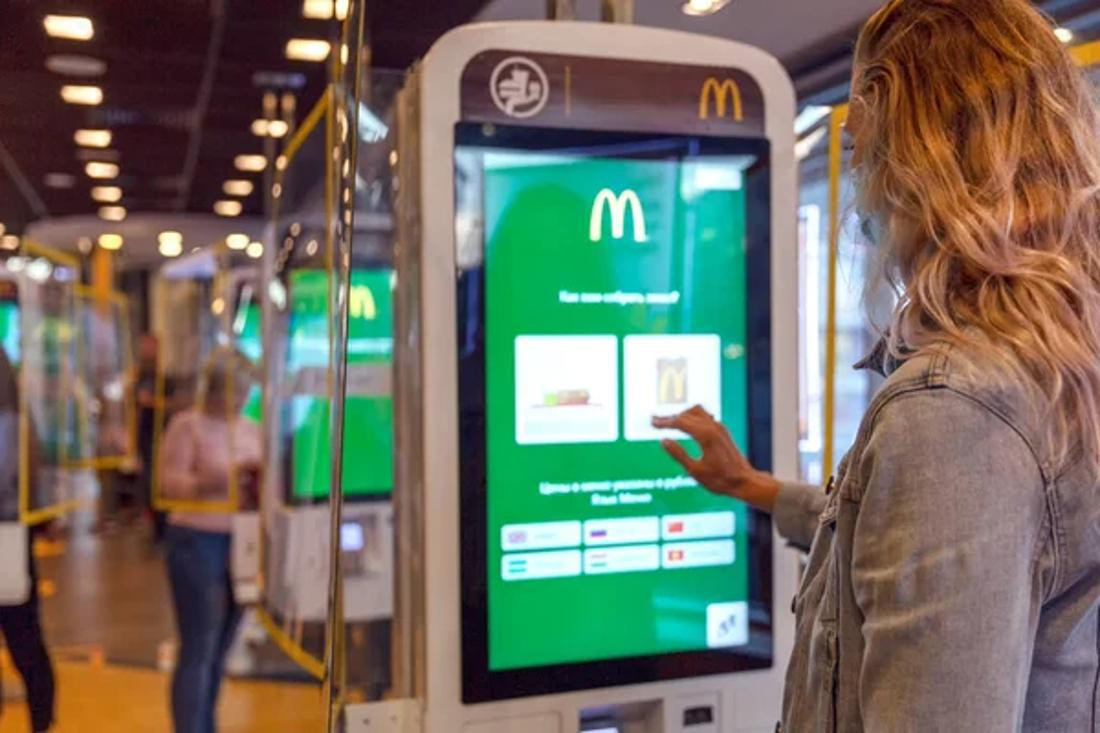
Feedback mechanisms are crucial in both retail and fast food.
McDonald’s digital kiosks, for instance, have been refined based on customer input to offer a more personalized ordering experience, a strategy similarly adopted by Walmart in adjusting their self-checkout setups.
Impact on Employment
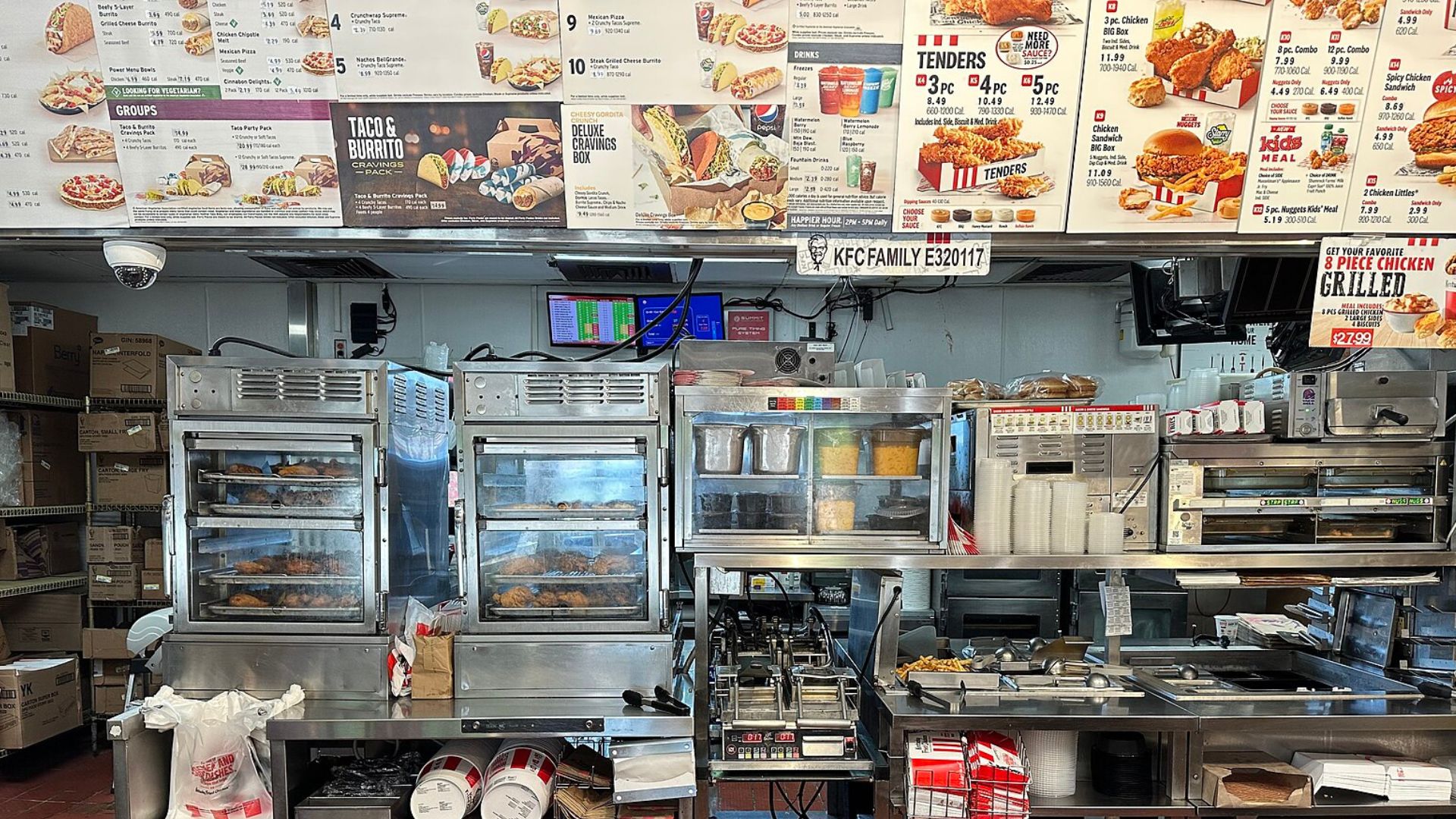
The shift to self-service technologies has transformed employment landscapes in both fast food and retail.
New roles focused on technology maintenance and customer assistance are emerging, reflecting a shift in skills demand.
Economic Impact of Self-Service Technologies

While self-service technologies drive efficiency, they also require significant upfront investment.
Both industries evaluate these costs against long-term savings in labor and potential increases in sales due to improved customer experiences.
Legal and Regulatory Considerations

Regulatory challenges such as accessibility and privacy concerns affect the deployment of self-service technologies.
Fast food chains and retailers must navigate varying state regulations to ensure compliance while rolling out these technologies.
Future Trends in Self-Service Technology
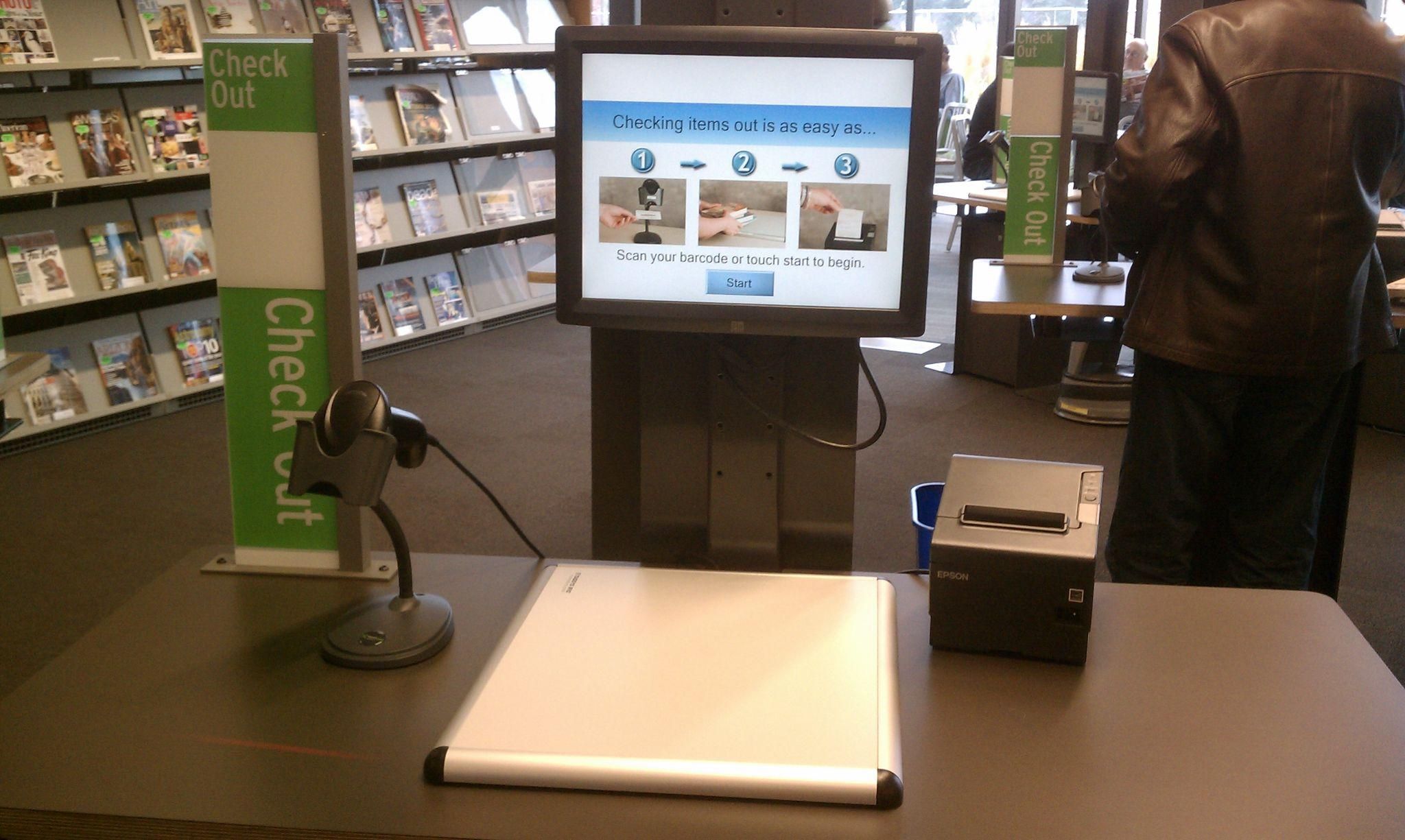
Emerging trends suggest an increase in AI integration in self-service technologies, aiming to personalize customer interactions further and predict consumer preferences.
As long as this technology is implemented responsibly, it could potentially revolutionize how services are offered in both retail and fast food.
Successes and Setbacks
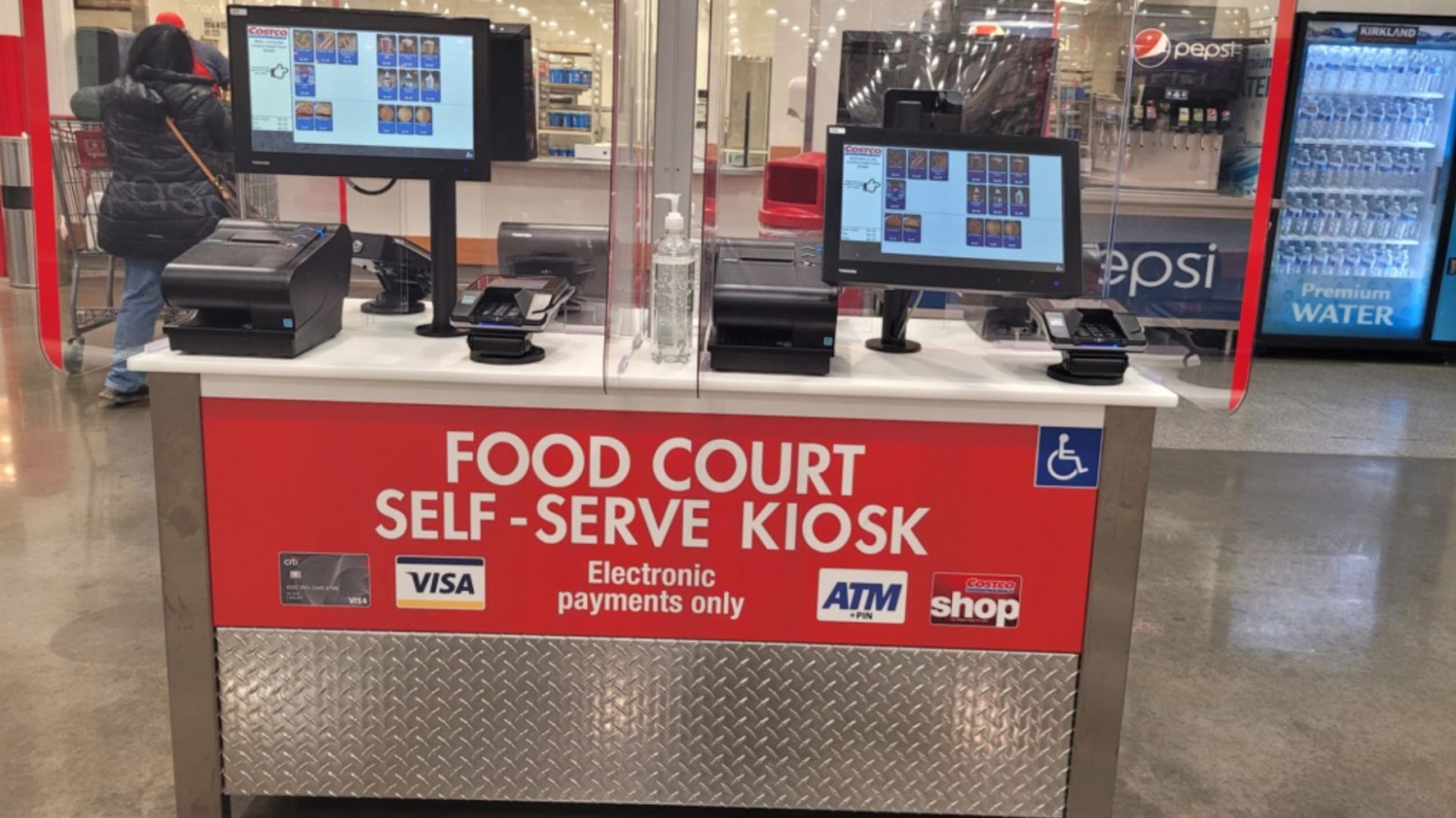
A close look at Burger King’s rollout of digital kiosks reveals both successes in operational efficiency and setbacks in customer adaptation, as well as job losses.
This is just one valuable insight for both retail and fast food industries on implementing self-service technologies.
The Path Forward for Self-Service

The future of self-service in retail and fast food appears robust, balancing technological advancements with the essential human touch.
As these technologies evolve, they promise to further reshape the landscapes of customer service and operational efficiency in both sectors.
